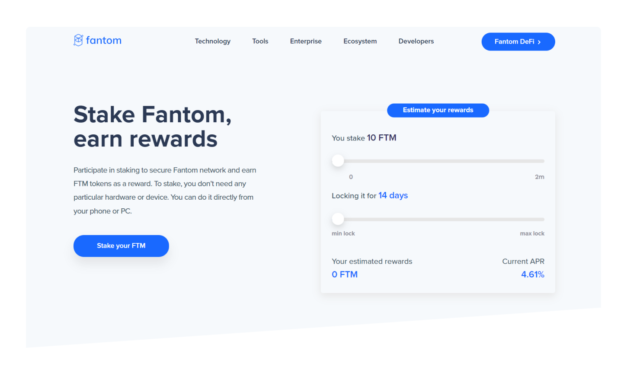Quantum vs. cloud computing: Key differences?
Cloud computing — or “the cloud” — is an application-based software that distributes computing services throughout the internet, utilizing third-party servers, storage, databases, networking, software, analytics and intelligence to store and process data. Before cloud computing, businesses had to buy and maintain their own servers containing enough space to prevent downtime and outages and manage peak traffic volume. Still, a lot of server space often went unused, wasting money and resources. The cloud computing ecosystem allows organizations to employ a more efficient and cost-effective solution without requiring expensive hardware, private data centers or software installation, focusing on innovation, dynamic resources and economies of scale. Cloud computing was invented in the 1960s but became more predominant in the 2020s when a more productive computing system was required to handle the challenges of organizations’ remote working that emerged during the pandemic. Thanks to cloud computing, many businesses can share services instantaneously at any time, other than managing, accessing, and storing data and applications remotely. Using the cloud, they benefit from scalable storage for files, applications and different types of information, saving time and money.
Čítaj viac






